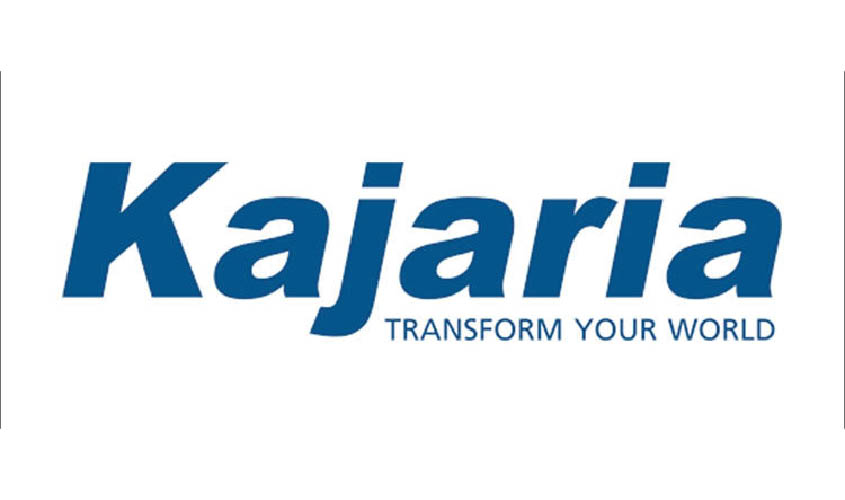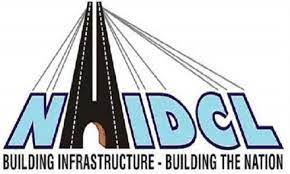E - PAPER
Infra Spending Will Spur Economic Activity: KPMG
As India faces its deepest recession since Independence, infrastructure spending can help spur economic activity and the involuntarily unemployed through job creation, KPMG report stated.. The Rs 111 lakh crore National Infrastructure Pipeline (NIP) built on Infrastructure Vision 2025 should prov
 BY
Realty Plus
BY
Realty Plus
Published - Thursday, 27 Aug, 2020

As India faces its deepest recession since Independence, infrastructure spending can help spur economic activity and the involuntarily unemployed through job creation, KPMG report stated..
The Rs 111 lakh crore National Infrastructure Pipeline (NIP) built on Infrastructure Vision 2025 should provide a timely stimulus to the economy. Given the magnitude of COVID-19 pandemic and consequent pressure on resources, it is imperative that stakeholders reassess the priority of sectors and projects outlined in Infrastructure Vision 2025.
Infrastructure spending is expected to have a multiplier effect on overall economic growth, primarily based on the Keynesian theory that aggregate demand can be reactivated by increasing public expenditure. In addition, improved infrastructure will enhance the overall productive capacity of the economy and its global competitiveness.
Typically, infrastructure projects are characterised by high capital intensity and long gestation periods, often leading to a funding gap. Public investment is key to filling this gap. A prerequisite to this is an enabling governance and policy framework that fosters business growth and investor confidence while rethinking innovative investment and funding models to encourage private sector participation.
Infrastructure Vision 2025's strategic goals are aligned with those of the UN's 2030 Sustainable Development Goals to improve the living standards of people.
RELATED STORY VIEW MORE
NEWS LETTER
Subscribe for our news letter
E - PAPER
-

CURRENT MONTH 
LAST MONTH















